The Winchester 1866 Reborn: The Best in The Old West 1866 Lever Action
The Winchester 1866 Lever Action Is the Real Yellow Boy
Seth set uneasy in his McClellan saddle. The cool fall breeze felt good to his weather worn face. The prairie grass was moving to the retheme of the wind. He rode to the crest of a low hill and paused. His appaloosa mare, Lizzy, moved nervously causing the leather to squeak, which most of the time was music to his ears. Lizzy like him, was sensing unseen danger. He looked and listened and at the same time watched Lizzy as she was focusing in one direction, south. Looking south he could not see what she could see. Shortly, mounted riders came into view. Their direction was some thirty degrees to his right which was north by northwest.
As they came closer, Seth could see there were about twelve men. Twelve Kiowa Warriors. He had some history with the Kiowa. They are fierce fighters and very protective of their hunting grounds. The Kiowa Tribe is so powerful the Camanche felt it was better to be friends than enemies. Suddenly they stopped and then move toward his direction. As he watched them getting closer at a range of about 500 yards, he saw them string their bows. This is not what he wanted to see. Two of the Twelve were armed with long guns of some type.
Seth started scanning the surrounding ground. Two miles to the west was the Cimarron River where some cover could be had. He had three days food, full canteen of water and 150 rounds of Winchesters 44-40 cartridges. He turned toward the Kiowa who were now at a trot straight in his direction. Maybe they want to talk, and maybe they don’t see a need to talk. Likely they are a small war party. Seth knew the Calvary had been pushing the Southern Plain Tribes around to remove them from this area to the Indian Territory. These Kiowa could be looking to do some pushing of their own.
Seth turned Lizzy to the west and put her into a trot. Once he was out of sight of the Kiowa, he sunk spurs and sprinted toward the Cimarron. It was two miles Lizzy could do easily. Baring Lizzy losing footing, they should make the Cimarron long before the Kiowa caught up. Lizzy was in her prime and strong as a mule. They covered the two miles in less than eight minutes.
Seth rode into a stand of trees at the same time he grabbed a handful of death and destruction. He pulled his Winchester Yellow Boy from its scabbard and levered in its first of ten rounds. Seth thought to himself, “I wonder if these warriors know what they are getting themselves into?” When the Kiowa came into range rapid deadly gun fire broke out, with bodies falling and horses screaming.
The Winchester 1866 Yellow Boy 44-40
My friends at Winchester Repeating Arms was kind enough to send me their 1866 Yellow Boy for T&E. I requested the sample to be chambered in 44-40. In another article, I wrote about the Henry 1860 which was also in 44-40. The Winchester 1866 Yellow Boy is basically an upgrade of the 1860 Henry. So, it was logical to write about the next stage of evolution in the Winchester lever action rifles.
Upon receiving the Winchester 1866 Yellow Boy in 44-40, hereafter referred to as 1866, I examined it closely. The exterior and craftsmanship is stunning. The action, the same as the 1860 Henry, functions smoothly straight out of the box. The addition of lubricant only enhanced the operations of this firearm. You may be wondering if this recently made 1866 by Winchester would be classified as original. According to Winchester Repeating Arms this most recent production of this classic is the original. It is just back into production for a short time. (As of this writing the 1866 is out of production.) Prior to this release, the last 1866 was made in 1899.
Most of you may know Winchester is a part of the Herstal Group which is made up of two sections of Security and Law Enforcement and Hunting and Sports Shooting. For more information click on this link on the Winchester sight:
http://www.winchesterguns.com/support/faq/where-are-winchester-firearms-manufactured.html
The Herstal Group’s brands are FN Herstal and Browning. Winchester falls under the Browning banner. The 1866 I received from Winchester was made by Miroku in Japan and imported to the USA by BACO Inc. in Morgan, Utah. Miroku is part of the Herstal Group. The Winchester trade mark is still owned by Olin Corporation who is the maker of Winchester ammo. Olin Corporation also makes ammo for the Browning name. As a further example, the US Military’s M249 was designed by FN Herstal and is manufactured in the United States by the local subsidiary FN Manufacturing LLC in Columbia, South Carolina.
My sample of the 1866 came with a black walnut straight grip stock, polished brass receiver and dark blued steel parts. The crescent butt-plate is also made of polished brass. Throwing this rifle to my shoulder really shows how well the crescent butt-plate works. The rear sight is a folding ladder configuration with marble arms. The front site is a gold bead which I prefer for my open sight rifles. As in the 1860, the 1866 has an open top ejection port which makes it easy to load a single round. The full-length magazine of my test sample holds ten rounds which you load through the blued steel loading gate. When loading my test sample, I found it to be very easy and smooth unlike other lever actions I have owned or shot.
For testing I took the 1866 to the Oklahoma City Gun Club. Gridley and I shot the 1866 from 20 yards back to 80 yards. Shooting the Winchester 44-40 power point round at 20 yards produced groups to the left about two inches and about 2.5 inches low. Between Gridley and I, we fired eighty rounds from various distances. The 1866 performed flawlessly. Loading and ejecting was just what I would expect from a Winchester. The ejected empty cartridges landed about two feet from my right foot. The Winchester 44-40 shot perfect in this rifle with little recoil. Surprisingly, at fifty yards the 44-40 shot about three inches high in the 1866. I experienced this with the Henry 1860 as well. At 80 yards the 1866 shot about 2 inches high. All shots were offhand with the exception of the 80-yard shots which were made when I leaned up against a wood column. My guess without the use of the folding ladder sight, this sample rifle was dead on at 100 yards. Time restraints, limited ammo and activity at the Gun Club did not allow me to test fire at the 100-yard line. Check out the video in this article.
Winchester 1866 Conclusion
If you are a fan of the firearms of the Old West and like to shoot the “six-guns” and lever action rifles, I would say the Winchester 1866 would be a fine choice. I loved shooting this rifle while thinking back in the times when the 1866 Yellow Boy stood between life and death. It is a step back into the late 19th Century where a rifle of quality and firepower would be essential for survival. The Winchester 44-40 power point ammo averaged 1,433 feet per second at the muzzle. There was only 12 feet per second difference. This is excellent ammo. The Winchester 44-40 has plenty of power to take most four-legged animals in the lower 48 States with the exception of a big brown bear. A good placed shot, heart, head or lungs at 100 yards or less, can drop anything wearing antlers. Remember, a well placed under powered round is better than a badly placed over powered round. If you like the old west’s history and firearms of this period, I highly recommend the Winchester 1866 Yellow Boy. If you can find one, the Yellow Boy comes in .38 special, Winchester 44-40 and .45 Long Colt. If you would like one of the 1866 rifles, you better hurry up as they are no longer in production and likely a good collector investment.
My next T&E of the Winchester flavor is the 1886 in 45-90 with smokeless powder. I must admit I am curious about the 45-90 for a lever action. I have owned the 45-70 before and love this round. However, the evaluation of the 45-90 cartridge should be fun and interesting to write about.
Ballistics: Three shot averages
Winchester 44-40 200 gr
- 1,432
- 1,440
- 1,428
1,433 avg. fps, 912 ft pounds
Winchester 1866 Specs (No Longer In Production)
- Item Number 534244140
- Caliber: 44-40 Win
- Barrel Length: 20 inches
- Barrel Contour: Sport Model
- Overall Length: 39 inches
- Length of Pull: 13 inches
- Rear Sight: Folding Ladder
- Front Sight: Beaded
- Magazine Capacity: 10 rounds
- Magazine Type: Full-Length Tube
- Weight: 7 lbs. 4 ounces
- Twist Rate: 36 inches
- Barrel Finish: Brushed Polish
- Barrel Material: Steel
- Stock Material: Black Walnut, Grade 1
- Stock Finish: Oil
- Receiver Finish: Brushed Polish
- Receiver Material: Brass
- Recoil Pad: Crescent Metal
- Trigger Guard Material: Steel
MSRP $1,299.99
Winchester Repeating Arm
www.winchesterguns.com
Winchester 1866 Lever Action
http://www.winchesterguns.com/products/rifles/model-1866/model-1866-current-products/1866-short-rifle.html
Winchester Ammo
https://winchester.com
Winchester 44-40, 200 gr. Power Point
https://winchester.com/Products/Ammunition/Rimfire/Varmint-HV/S22M2

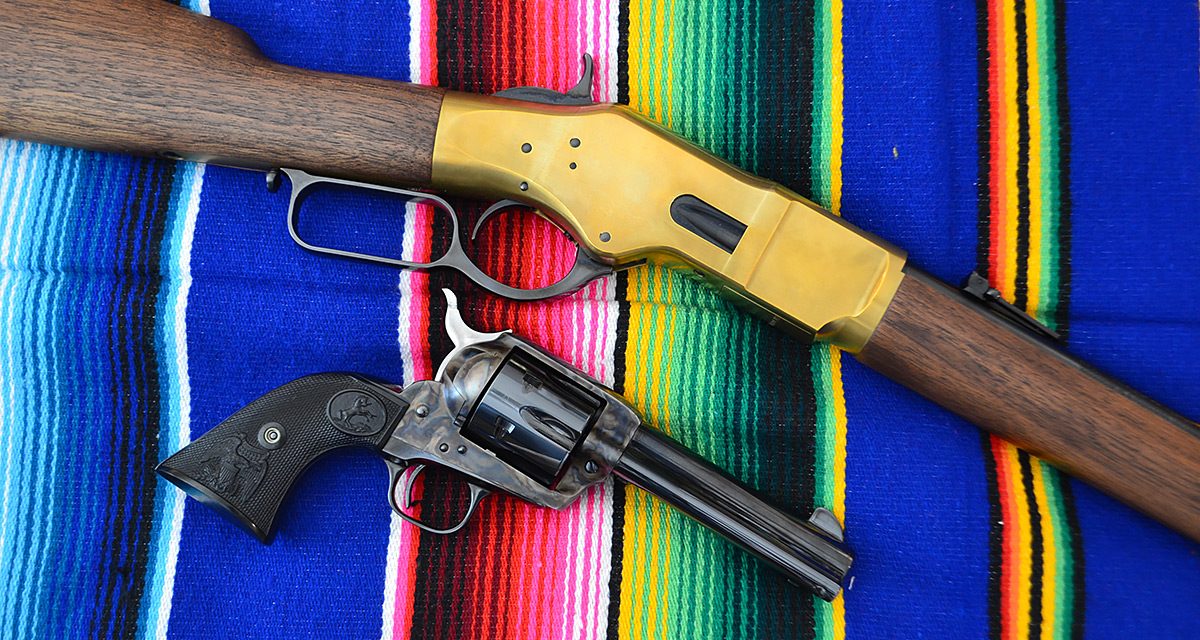

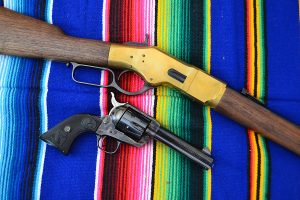
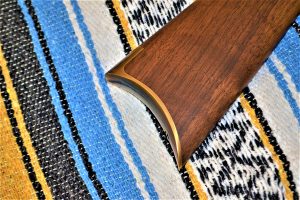
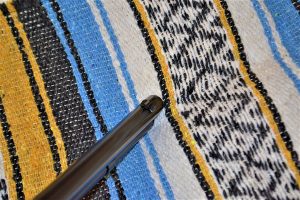
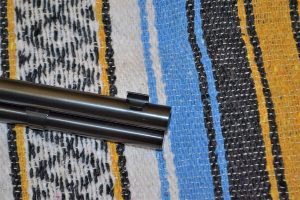
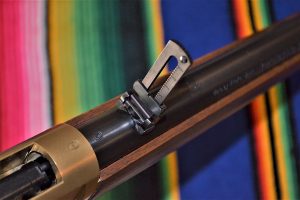
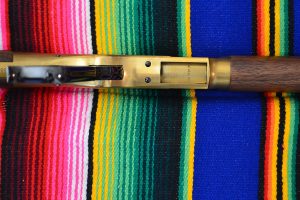
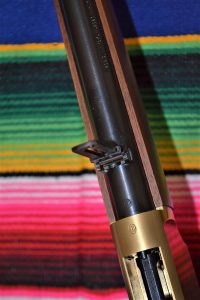
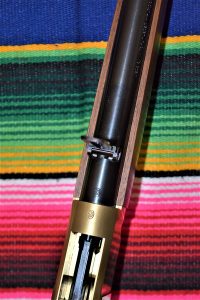
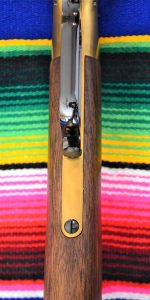
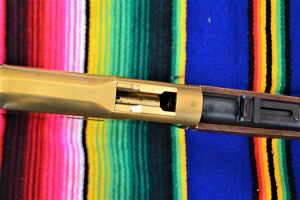

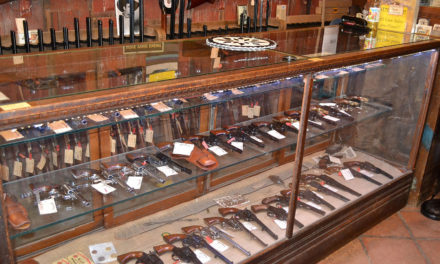
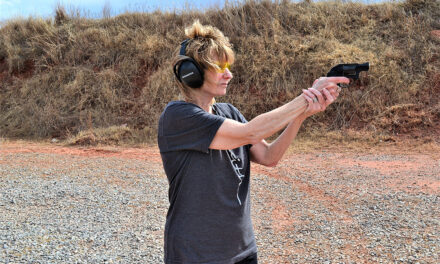
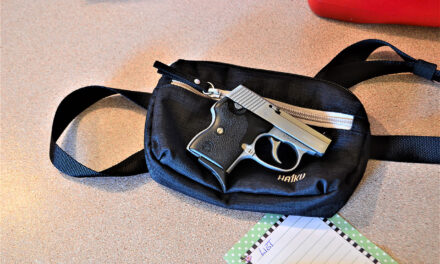
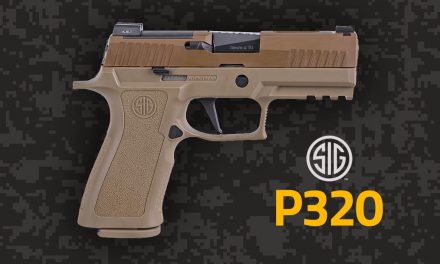
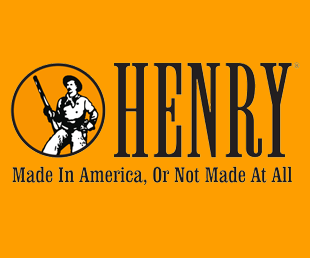

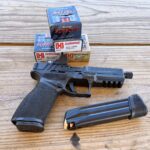
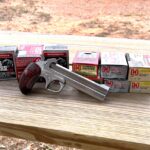
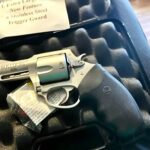
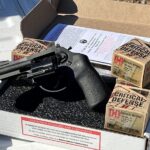
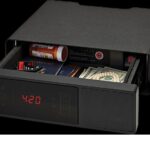

Just looking
Thank you Harold for looking. Have a blessed day Harold.
Clint
Thanks for the article, I own an old 1866 (know nothing about it) , how do i determine which ammo i need ?
Russell it depends on when this rifle was made. Likely it was made prior to 1898. Check here: https://winchestercollector.org/dates/
Look on the barrel to see the caliber it was chambered for. Of the later made 1866 the common caliber is 44-40 WCF I would show 44 WCF. For me I would not shoot modern ammo in this highly collectable rifle. In fact, I would not shoot it at all until you have a licensed gunsmith check to see if the rifle is usable. Check out the website mentioned. See if they can help determine the caliber. Be Blessed Russell.
No original 1866 were chambered in 44WCF (44/40). The action is too short to accommodate it. Most were in 44 Henry rim fire and some later ones were in 44 Henry center fire.
Thank you Sir.